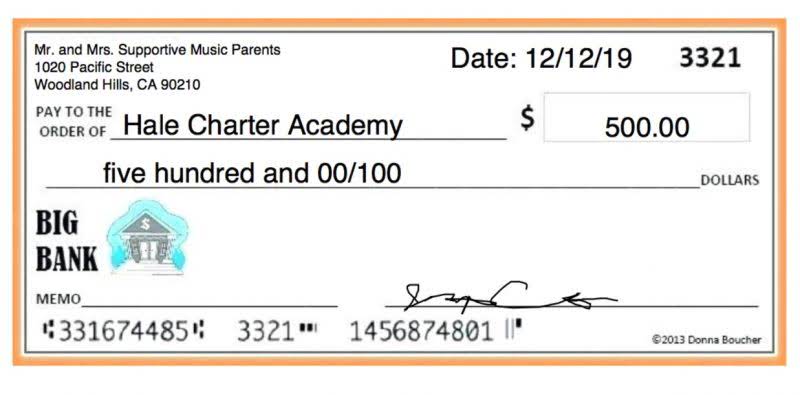
Stock splits are usually undertaken to bring the share price of a company within the buying range of retail investors; the increase in the number of outstanding shares also improves liquidity. Because investors frequently purchase shares of a company at various times and in various amounts as they build their position in a stock, it can be a challenge to keep track of the cost basis of those shares. One method is for the investor to calculate a weighted average of the share price paid for the shares. The investor would multiply the number of shares acquired at each price by that price and then add those values together.
- Different scenarios for calculating the weighted average of outstanding shares are shown in the following examples.
- Companies that have simple capital structures only need to report basic EPS.
- Finishing the example, divide 1,240,000 by 12 to find there were an average of 103,333 shares outstanding.
- However, companies’ outstanding shares can change over time as a result of newly issued shares, repurchased shares, exercised employee stock options, or several other reasons.
- It considers the timing of when shares were issued or repurchased, ensuring that only the shares that were actually available for trading during the reporting period are counted.
Calculator Instructions

In this example, add 600,000 plus 220,000 plus 420,000 to get a total of 1,240,000. For simplicity, we’ll also assume the conversion of diluted securities occurs on the same dates. We’ll now move on to a modeling exercise, which you can access by filling out the form below. Yarilet Perez is an experienced multimedia journalist petty cash and fact-checker with a Master of Science in Journalism. She has worked in multiple cities covering breaking news, politics, education, and more.

Weighted Average of Outstanding Shares FAQs

You can find a company’s earnings per share by dividing the company’s profit by its outstanding shares of common stock. The weighted average shares outstanding represents the number of common shares outstanding, after adjusting for the share count changes that occurred throughout a given period. As noted above, outstanding shares are used to determine very important financial metrics for public companies. These include a company’s market capitalization, such as market capitalization, earnings per share (EPS), and cash flow per share (CFPS). Company management does not consider these non-GAAP measures in isolation or as an alternative to financial measures determined in accordance with GAAP.
- The “% Weight” for each period is 25%, since each time period represents a quarter of the fiscal year.
- For example, let’s say you want to calculate the weighted average number of outstanding shares for a company over two reporting periods of 6 months each.
- When a company issues a stock dividend or exercises a stock split, it needs to restate its outstanding shares of common stock before the date of stock dividend or split to compute its weighted average number of shares.
- While the lower number of outstanding shares often hampers liquidity, it could also deter short sellers since it becomes more difficult to borrow shares for short sales.
- For information pertaining to the registration status of 11 Financial, please contact the state securities regulators for those states in which 11 Financial maintains a registration filing.
- Further, the number of shares used in computing the average is to be weighted by the fraction of the year that the shares were actually outstanding.
Types of Stocks You Should Know
Use this section to enter the stock transactions that occurred between the beginning and ending dates selected above. Note that the calculator will attempt to sort the transactions in chronological order (from earliest to latest), but it would be best if you entered them in that order. A Data Record is a set of calculator entries that are stored in your web browser’s Local Storage.

Look at the Preferred Stock Line Item
- Of course, merely increasing the number of outstanding shares is no guarantee of success; the company has to deliver consistent earnings growth as well.
- For more resources, check out our business templates library to download numerous free Excel modeling, PowerPoint presentation, and Word document templates.
- You can find a company’s earnings per share by dividing the company’s profit by its outstanding shares of common stock.
- Outstanding shares can also be used to calculate some key financial metrics, including a company’s market cap and its earnings per share.
- The change in presentation has been applied retrospectively and does not affect the software revenue, total revenue, software cost of revenue or total cost of revenue amounts previously reported or have any effect on segment reporting.
- As we’ve already seen, the number of a company’s outstanding shares can vary over time, sometimes fluctuating a great deal.
If that figure is taken and used to calculate EPS, then the EPS would be much higher, and it would eventually amount to polishing the financial figures. Altair believes that these non-GAAP measures of financial results provide useful information to management and investors regarding certain financial and business trends relating to its financial condition and results of operations. Once you have collected the total number of preferred shares, common shares outstanding, and shares outstanding formula treasury shares, you’re ready to do your calculation. If the company has not bought back shares from investors and does not have treasury shares, this line item won’t show up on the balance sheet.

The shares issued after stock dividend have not been restated because these shares have been issued on new basis and require no adjustment. A stock dividend only affects those shares that already exist prior to its occurrence. Using the SUMPRODUCT function, we’ll calculate the weighted average shares outstanding over fiscal year 2021, https://x.com/bookstimeinc which comes out to 448,265.
